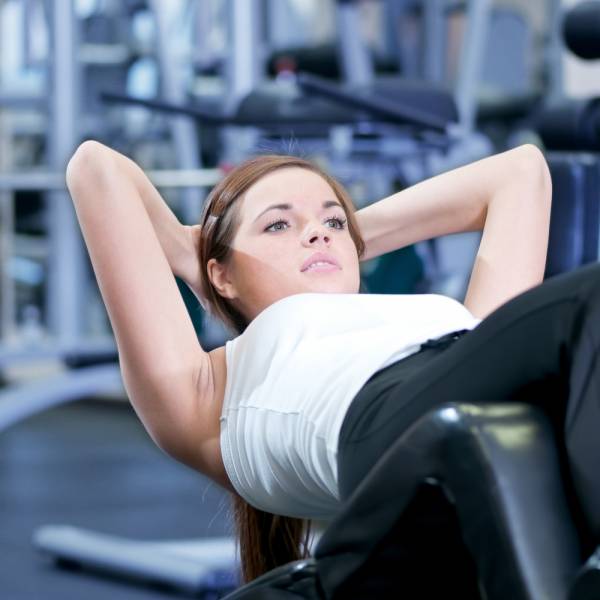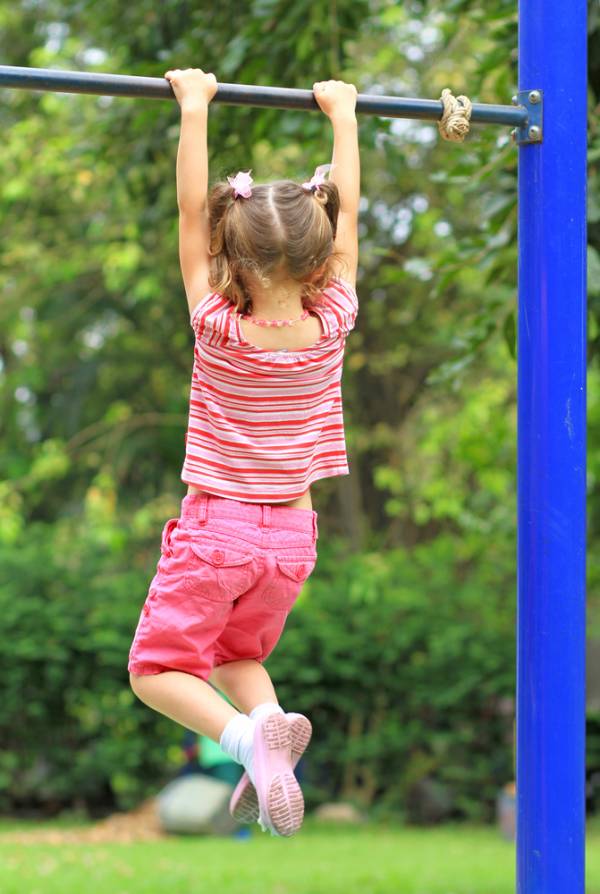Peripheral Heart Action or better known as PHA is a “system” that was developed by Dr. Arthur Steinhaus in the 1940s and brought to the forefront of the muscle world by 1960s legendary body builder and Mr. America/Mr. Universe title holder, Bob Gajda. The PHA method was specifically designed to keep blood circulating throughout the whole body during the entire workout. The smaller muscles around the heart are worked first before the larger muscles around the body’s periphery.
PHA may sound curiously similar to circuit training, GPP (General Physical Preparedness), and other modern-day protocols, but differs in that PHA’s emphasis is in not bringing a localized pump to the muscles. This was and is a desirable factor for bodybuilders in particular, but is also an effective method for making exercise more tolerable for youngsters, as well as older adults looking to include some type of fitness into their life. For young people, not having to experience that uncomfortable feeling in their muscles is less distracting when moving around quickly, which is a huge plus for their compliance in an exercise program. Offering this “diversion” if you will of not feeling so unpleasant makes fitness more enjoyable and productive.
Peripheral Heart Action: An Old School Approach
The approach to PHA training is quite simple. You choose exercises that will allow you to pump blood to extreme ends of the body so blood doesn’t localize and develop “the burn.” This is where PHA differs in comparison to many circuit-type training regimens. A typical PHA workout has an individual using a handful of exercises that stress the upper and lower musculature, with the intention of alternating one exercise for the upper torso and one for the lower extremities – or at least not focusing in the same area as the previous movement. Traditional methods for a PHA workout would emphasize using five to six movements for five to six cycles with an increase in resistance for each cycle.
For instance, here is a sample PHA workout:
- Standing Press (barbell, dumbbell, sandbag, machine, kettlebell)
- Squat (barbell, dumbbell, sandbag, machine, kettlebell, trapbar)
- Abdominal Crunch (body, dumbbell, suspension apparatus)
- Chin-up (body, machine, assisted)
- Standing Calf Raise (barbell, dumbbell, sandbag, kettlebell)
- Dip (body, machine, assisted)
 Each exercise would be performed for 10-12 repetitions (more if you like) with the trainee moving swiftly from one exercise to the next (not through the exercise itself) – resting only long enough to get to the next movement. After the first cycle, a short rest should be taken – maybe one to two minutes – and there should be an increase to the resistance for each consecutive cycle. No sets are taken to muscular fatigue/failure and the last cycle should be challenging. This workout should last about 35-45 minutes, depending on your level of fitness and proximity of the exercises being used.
Each exercise would be performed for 10-12 repetitions (more if you like) with the trainee moving swiftly from one exercise to the next (not through the exercise itself) – resting only long enough to get to the next movement. After the first cycle, a short rest should be taken – maybe one to two minutes – and there should be an increase to the resistance for each consecutive cycle. No sets are taken to muscular fatigue/failure and the last cycle should be challenging. This workout should last about 35-45 minutes, depending on your level of fitness and proximity of the exercises being used.
For those of you who find this to be too much volume of work, an abbreviated version can be utilized. Again, using five to six select movements choose a weight you can perform an all out set of ten reps with and use approximately 75-80% of that weight for three cycles. There is no “ramp up” and you can eliminate two of the cycles. Three rounds or cycles of six movements should take an individual 25-30 minutes or less to perform.
Mini-Cycles
While PHA can be very effective and convenient for the home user, in outdoor training, and in the less crowded facilities, it can be tough in a busy commercial environment. This is where mini-cycles can be utilized. Take three movements that are close in proximity and perform three cycles then proceed to another three different movements for a second mini cycle. A mini cycle might look like this.
Mini Cycle #1:
- Standing Press
- Split Squat or Lunge
- Abdominal Crunch
Mini Cycle #2:
- Row
- Squat
- Pushup
Rotate through these mini cycles as many times as you see fit.
Modalities
To employ PHA training (or any training for that matter) with conventional equipment only would be unnecessarily limiting your options. PHA can certainly go beyond the typical dumbbell and barbell, and can be very effective with any safe implement that’s incorporated. Applications for PHA training are endless. Variations with sled dragging, medicine balls, kettlebells, sprinting (running, bike, elliptical), odd implements, and bodyweight applications are a fun mixture. These combinations can enable kids to train their entire body in a single workout while achieving cardiovascular and strength benefits in a short period of time.
Gym Class and Outdoor Applications
 Using no equipment at all in a group setting such as gym class or playground, kids can do a series of bodyweight movements in PHA style using a couple mini cycles as exampled below:
Using no equipment at all in a group setting such as gym class or playground, kids can do a series of bodyweight movements in PHA style using a couple mini cycles as exampled below:
Mini Cycle #1:
- Top Pushup Position Plank Hold
- Walking Lunge
- Abdominal Crunch
- Calf Raise
Mini Cycle #2:
- Hang From Bar
- Bicycle Crunch
- Wall Sit
- Pushup/Modified Pushup
Last Set
The workout examples listed in this article are just the tip of the iceberg for Peripheral Heart Action. Because of its simplicity and effectiveness, PHA has no limits in its application, and as long as a program is based on safety and efficiency, putting together some fun and effective programs for kids to get stronger and fit will be just another way to keep our kids healthy.
Photos courtesy of Shutterstock.






